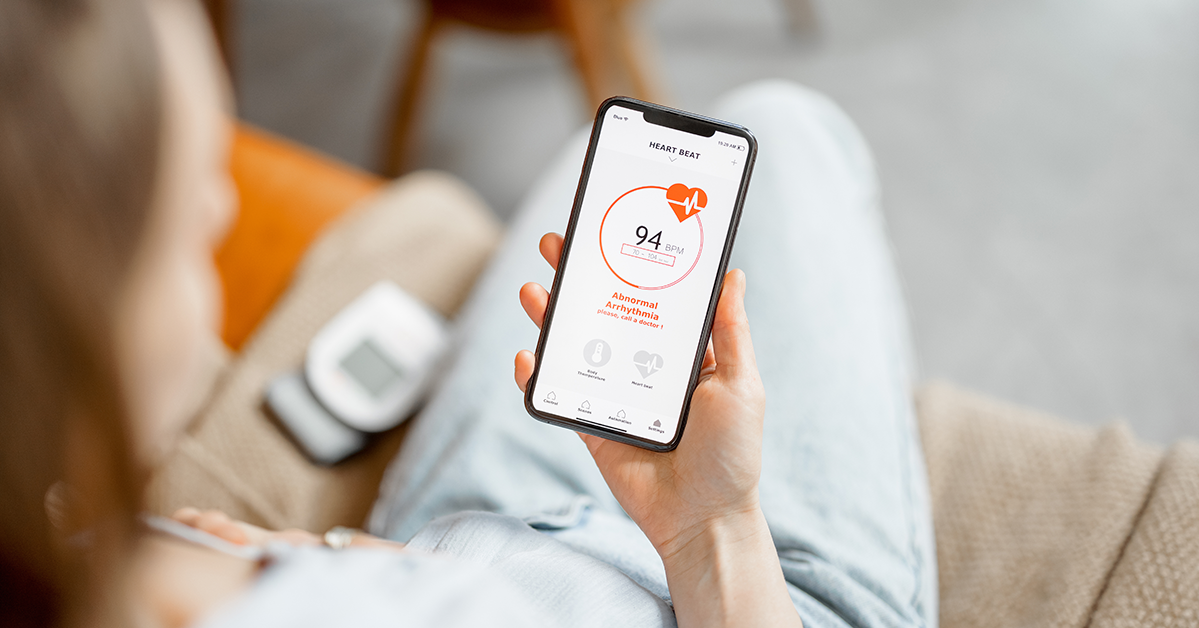Is Digital Health Delivering?
There's been steady growth in the use of wearable health monitoring devices in recent years. What effect is this having on the health of the population as a whole and what is its future potential?
While wearable devices like Google Glass and FitBits, have grabbed headlines, smartwatches and health trackers have quietly been making inroads into consumer purchasing and are now part of mainstream digital technology in many markets.
Wearables are making headway
In 2022, sales of wearable devices declined for the first time, but things are looking up in 2023. According to International Data Corporation’s (IDC) “Worldwide Quarterly Wearable Device Tracker,” wearable sales are expected to total 504.1 million units this year. IDC says this represents a 2.4% year-over-year growth, and that it’s mostly driven by demand for the most popular products — earwear and smartwatches.
According to Market Watch, “40% of U.S. adults said they use health applications, and another 35% use wearables, both up from late-2018 surveys.” Meanwhile, health apps have grown by 6% in that time, and wearable usage has grown by 8 points overall. Respondents said exercise or heart rate monitoring was the primary reason for using a health app. People who didn’t use wearables pointed to cost as the reason they did not use the tech.
“Currently around a third of UK adults own a smartwatch or fitness tracker,” reports the University of Sydney. “A 2021 Australian-based survey reported 24 percent used fitness trackers and 23 percent used smartwatches.”
IDC expects the market will continue to see single-digit growth for several years, with shipments reaching 629.4 million units in 2027 resulting in a compound annual growth rate (CAGR) of 5.0%.
A wealth of data
From sleep trackers to step counters, people have embraced wearable devices, but many may not understand the true potential of their gadgets. For instance, atrial fibrillation is a leading cause of stroke in Britain, but according to The Economist, that could be prevented with the help of devices like Apple Watches and Fitbits that can detect heart arrhythmia.
“This is just one example of the revolution about to transform medicine. Smartwatches and -rings, fitness trackers and a rapidly growing array of electronically enhanced straps, patches and other ‘wearables’ can record over 7,500 physiological and behavioral variables,” reports The Economist.
From fertility to diabetes risk to sun exposure, the list of things that wearables can measure is growing. But there are obstacles to putting this wealth of medical data to good use.
The American Heart Association found that "more than 80% of wearable health device users at risk for cardiovascular disease, would be willing to share the health information tracked by the device with their health care team to improve their care, regardless of age, education, income, gender or race and ethnicity.”
Unfortunately, the study also showed that those who were most at risk were least likely to use the devices due to a variety of factors from age and education to income.
The need for standards
Another obstacle to using the data the devices collect is that of interoperability. When it comes to consumer technology, standardization is tough. The University of Sydney says, “Consumer devices operate on proprietary algorithms that are ‘black boxes’ to scientists. There is also a lot of variation between brands and models, frequent model updates, and strict corporate rules around data ownership and privacy.”
Meanwhile, many devices don’t quite meet the requirements for use in clinical trials. “The range of measures and accuracy of devices is also a concern in this context, as is the need to have data available to health professionals at the point of decision-making. This raises other questions about the transfer of data from individuals’ devices to their medical records, security and privacy protection, as well as IT capabilities — particularly in less developed nations.”
According to Vessel Partners, “Today, EHRs [electronic healthcare records] — the central repository for patient information — need to communicate with other applications that enable clinicians to do work more efficiently and monitor patients remotely. With that in mind, the healthcare industry has begun working toward a future where all digital applications will work together — and one standard is at the heart of this progress.” Solving these interoperability issues and others is paramount to fully realizing the potential of these technologies in the future.
The promise of remote healthcare
Telehealth - the provision of healthcare at a distance - will be critically dependent on remote monitoring through wearable technology. When patients can’t come into the office for face-to-face appointments, the reading provided by wearable devices becomes exponentially more valuable. But governments are also seeing these devices as a boon to potential health research.
The Journal of Medical Internet Research says, “We believe that the time is right to create the partnerships, platforms, tools, and methods that will allow us to collect data directly from patients via digital devices; securely link these data to their routinely collected health care data in a trustworthy way; and answer many more questions that matter to patients, health care professionals, policy makers, and the wider public.”
Healthy side-effects
Studies have already found that the use of wearables can encourage higher levels of activity among older adults — not only helping to monitor health, but potentially improve it. According to mHealth Intelligence, “The study revealed that older adults who used wearable devices were more likely to meet national guidelines for weekly levels of physical activity and resistance strength training compared with their peers who did not use wearables.”
So the spread of health monitoring devices is already having a number of concrete benefits at the individual level . But realizing the full potential of this technology to transform the health and healthcare of the general population will depend crucially on overcoming the challenges of accessibility and interoperability.

